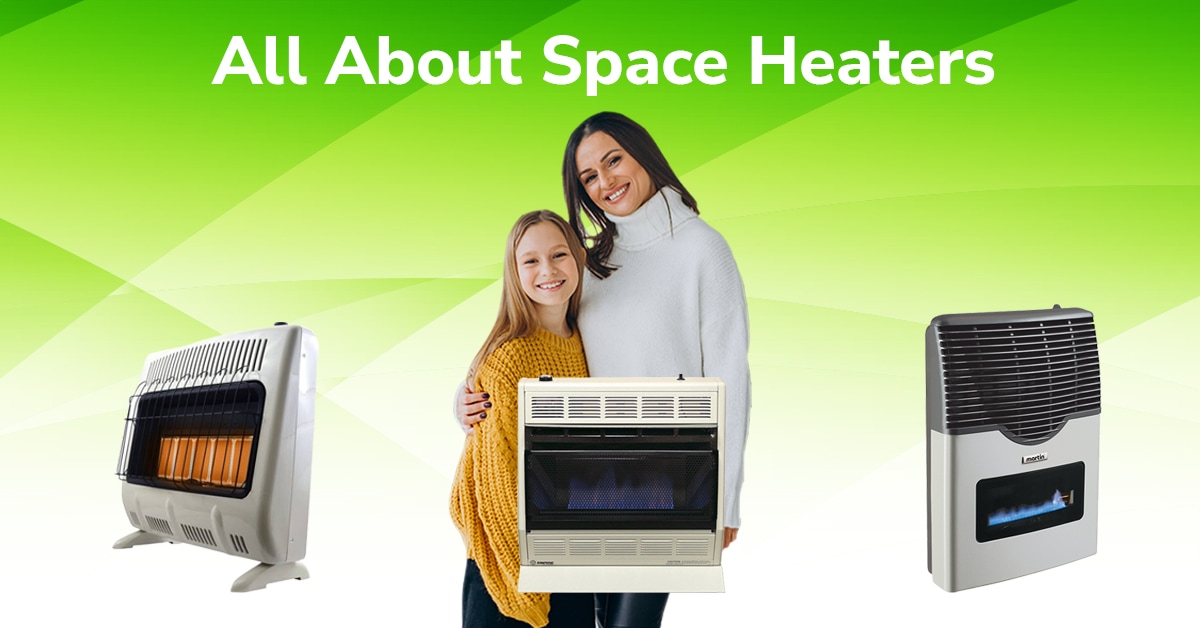1 Source Portable Air for Beginners
Some Known Factual Statements About 1 Source Portable Air
Table of Contents1 Source Portable Air for Dummies1 Source Portable Air - QuestionsThe Main Principles Of 1 Source Portable Air Not known Incorrect Statements About 1 Source Portable Air Some Ideas on 1 Source Portable Air You Should Know
Running expenses are based on an electrical energy cost of 40c/kWh. The prices for 3 months' usage in winter are based on 500 hours use, or approximately 6 hours each day for 3 months. Maximum warmth output is based on the maximum electrical power of the models we've evaluated (we concentrate on greater power level heating units).
On average, little follower heating systems are less expensive to get, but can have greater running prices. Oil column heating units will certainly be the cheapest on the market to run (on average) but just by a narrow margin in advance of convection heating units (like panel and micathermic panels).
The Greatest Guide To 1 Source Portable Air
If you have a relatively easy to fix ceiling follower, it'll aid distribute the warm around the area more equally. A number of costly heating units have actually fallen short to excite our testers, while some cheaper models make for remarkably good buys.
As the name suggests, they emit warm from a heated heating aspect (so the family members will have to take turns sitting in front of it). Glowing heating systems are relatively inexpensive.
The fairly revealed burner can be a fire and safety risk. As an example, a piece of garments went down over it may fire up, or children playing around a floor design might melt themselves, so take care. Glowing heaters typically set you back between $20 and $200. Oil-filled column heating units don't really burn oil they make use of electricity to heat up the oil that's sealed inside their columns or 'fins'.
The 9-Minute Rule for 1 Source Portable Air
Some column heating systems aren't even oil-filled however instead use various other material or heating technology to work the very same method - 1 Source Portable Air. The danger of fire with an oil column heater is reduced contrasted to other heater kinds, however never zero. Oil heating systems useful link do not have exposed components like radiant heaters do, and their surface temperature is less than numerous various other heating unit types (their huge surface offsets it)
Oil column heating systems will not explode, and while they do not melt their oil to produce warmth, it's still flammable, so there is a fire threat if the oil leaks, if the heating unit suggestions over and leaks, or if combustible objects or textile come into call or fall on the heating system. You ought to work out the same degree of care with oil heating units when it comes to other heating system types, and never ever hang towels or clothing over one to completely dry them utilize a drying out rack instead, at least one metre away.
Column heaters are particularly beneficial in spaces where they'll be switched over on for extended periods of time or where they'll operate neglected, such as over night in a room. The surface areas you're most likely to touch on a column heater don't obtain as hot as other kinds of electrical heating units. You can use a ceiling fan on really reduced speed to assist the column heating unit to disperse the heat faster and much more evenly.
If there's very little air motion (for instance, if you're resting reading or viewing TV), the warm may not be distributed equally. Oil-filled column heating units generally cost between $50 and $450. Convection and panel heating units draw cool air over an electrical home heating element. The warmed air then leaves Check This Out the heating unit and climbs in the direction of the ceiling, while cooler air relocate to change it.
Some Known Details About 1 Source Portable Air

Convection and panel heaters are a lot more portable than their oil-filled column heater equivalents because they're substantially lighter. Like a column heater, you can utilize a ceiling follower on very reduced rate to distribute the warm much faster and much more equally.

Some Of 1 Source Portable Air
Fan heating systems are commonly smaller sized and extra mobile than various other electric heating systems. They also are available in the type of tower follower heating systems, which can be better for dispersing warmth around larger spaces because of their taller account. They can warm the air in an area extra swiftly, equally and promptly than some other heater types.
Fan heating units (ceramic or otherwise) generally cost between $60 and $900. Ceramic follower heating systems aren't necessarily any kind of different in rate to non-ceramic models.